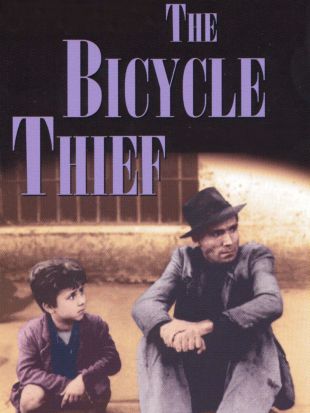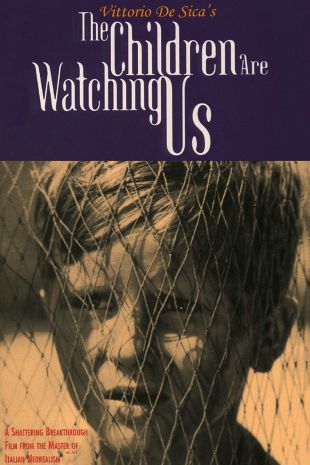Italian screenwriter and film theorist Cesare Zavattini started as a writer of traditionalist, commonplace short stories and novels. His first screenplay, Daro un Milione (1935), fell so comfortably into formula that it was easily adapted into the Hollywood film I'll Give a Million (1938). His sensibilities toughened by the war, Zavattini began formulating the theories which helped launch the Italian neorealist movement of the postwar era. Zavattini's script for The Children Are Watching Us (1943) was the first of 23 collaborations with director Vittorio De Sica, the most internationally famous of which included Shoeshine (1943), The Bicycle Thief (1948), and Umberto D (1952). When De Sica decided that neorealism was becoming a cliché, and thus went on to such sentimental, box-office-safe comedies as The Gold of Naples (1954) and Marriage Italian Style (1964), Zavattini obligingly altered his writing style. Any accusations that Zavattini had abandoned neorealism were quelled by his searing screenplay for De Sica's Two Women (1962). As European movie tastes veered more toward the French New Wave, Zavattini attempted to touch base with this school; but his work on such films as A Young World (1966) and Woman Times Seven (1967) was disappointingly derivative, obliging critics to label the once-progressive writer as an "Old Timer." Zavattini regained pride of place with his final collaboration with De Sica, Sunflower (1969), which succeeded despite the noncreative interference of producer Carlo Ponti (whose wife, Sophia Loren, was the star). Cesare Zavattini's final contribution to cinema was an acting assignment in 1989's Strand -- Under the Dark Cloth.
Cesare Zavattini
Share on


